THE PRE-NORMAN PERIOD The period following the

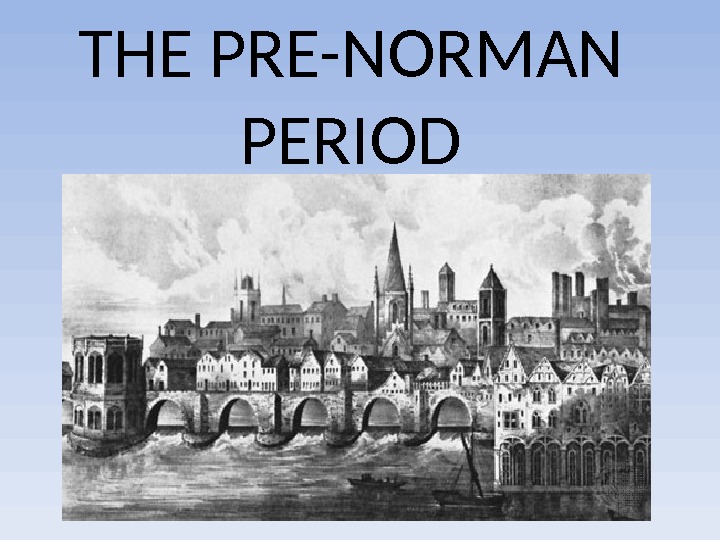
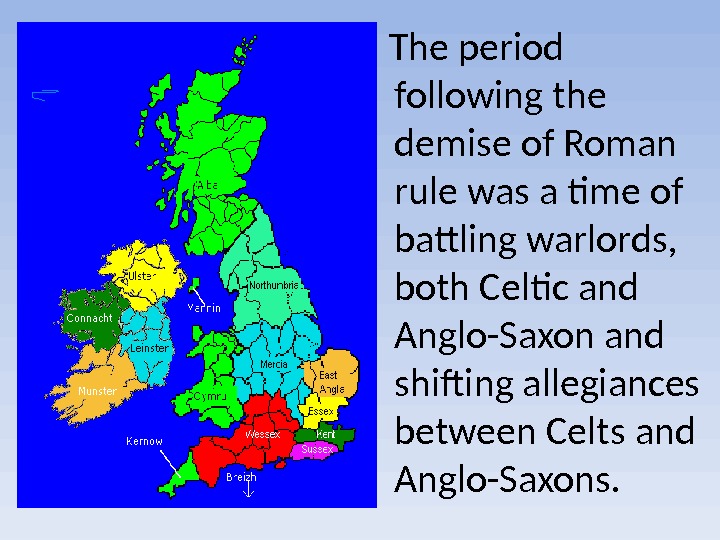
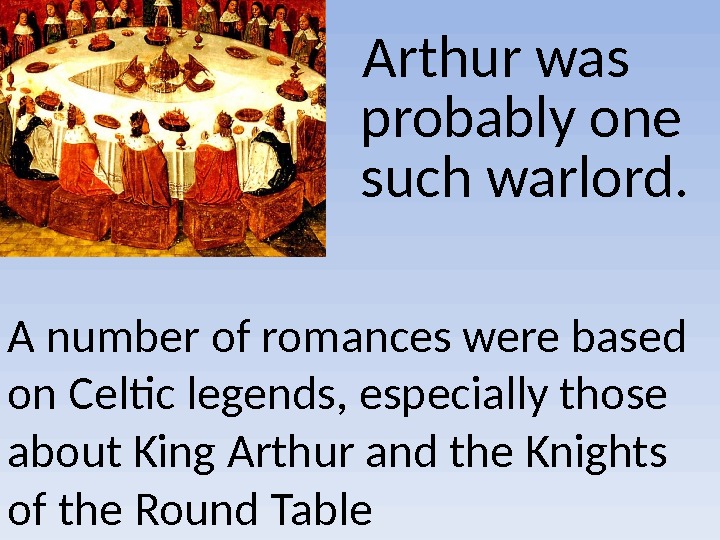
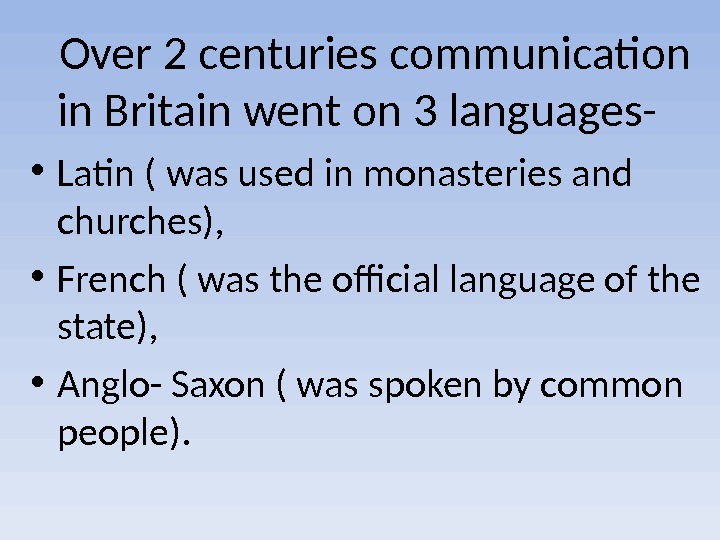
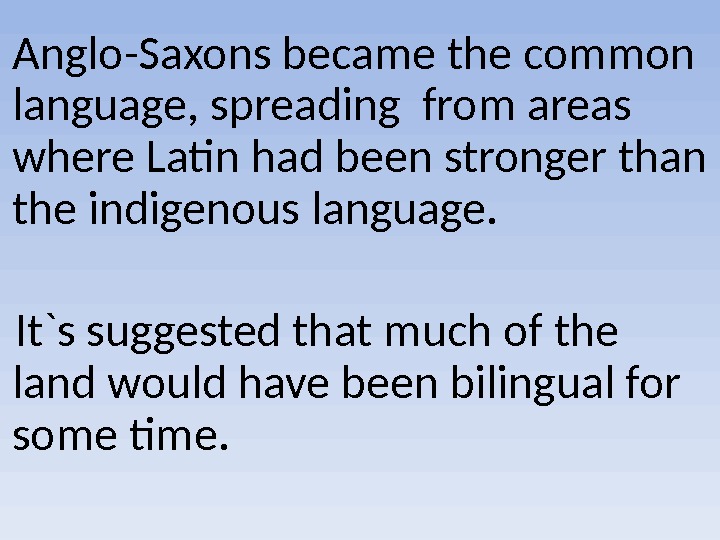

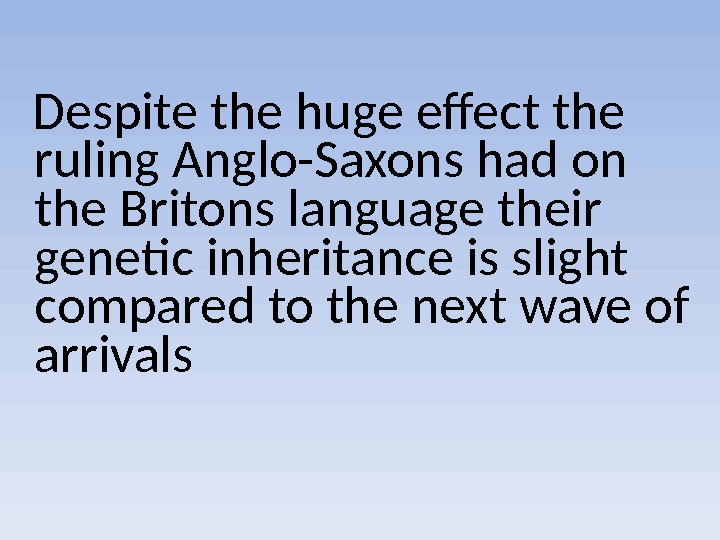
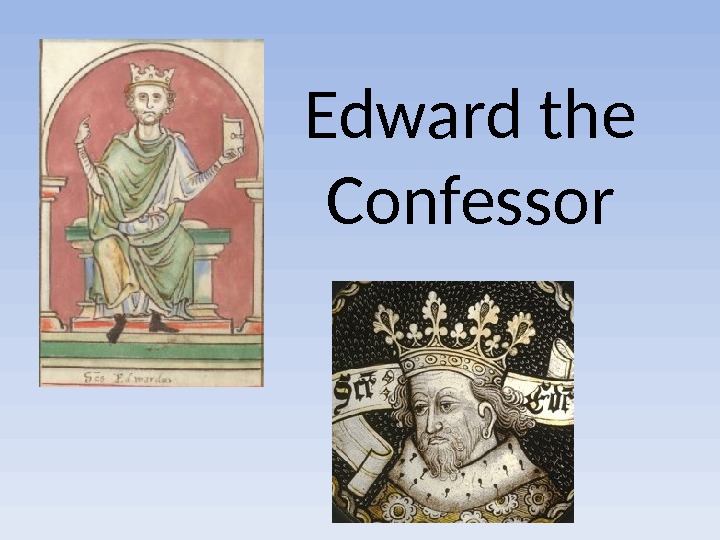


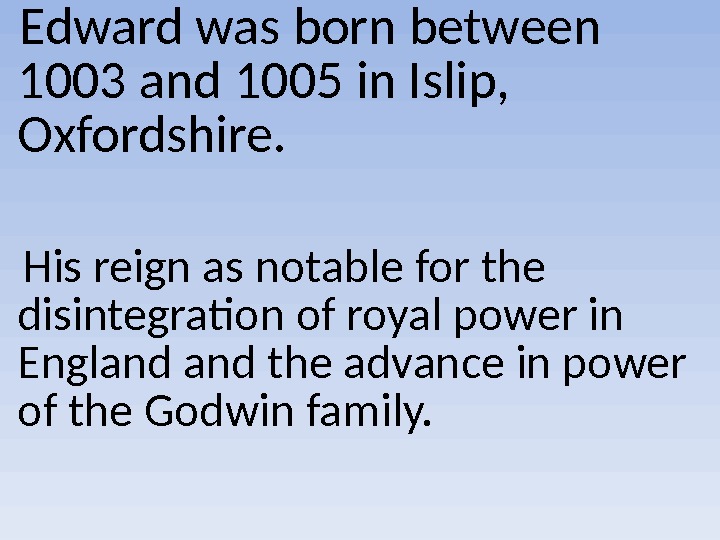

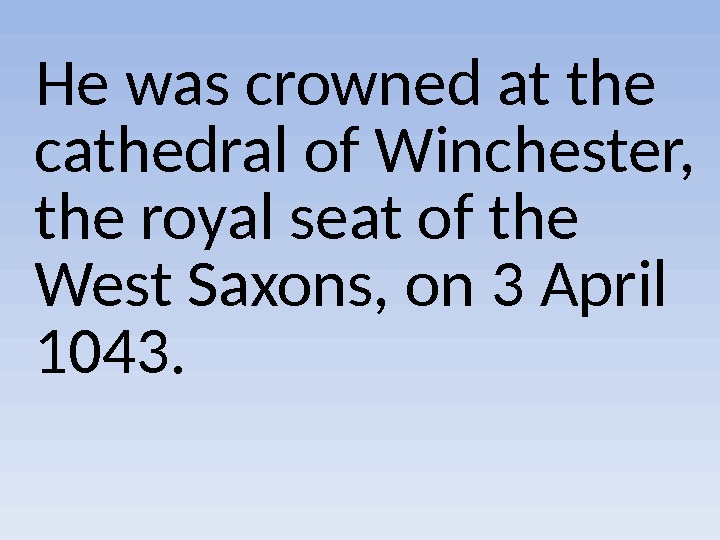
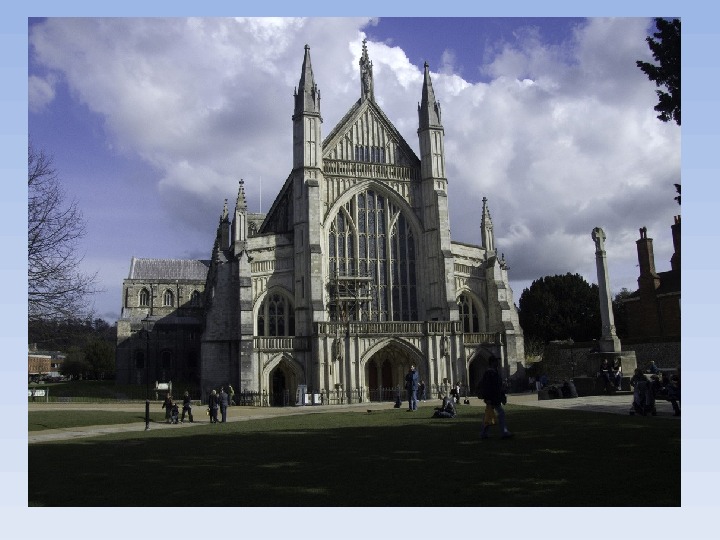
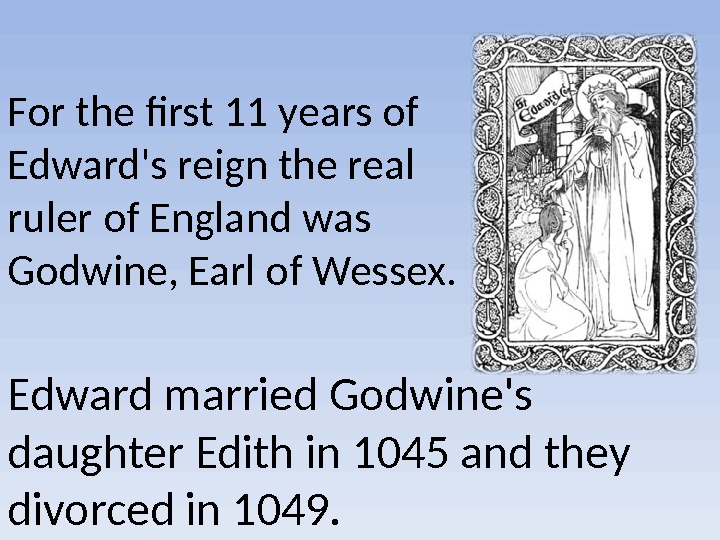

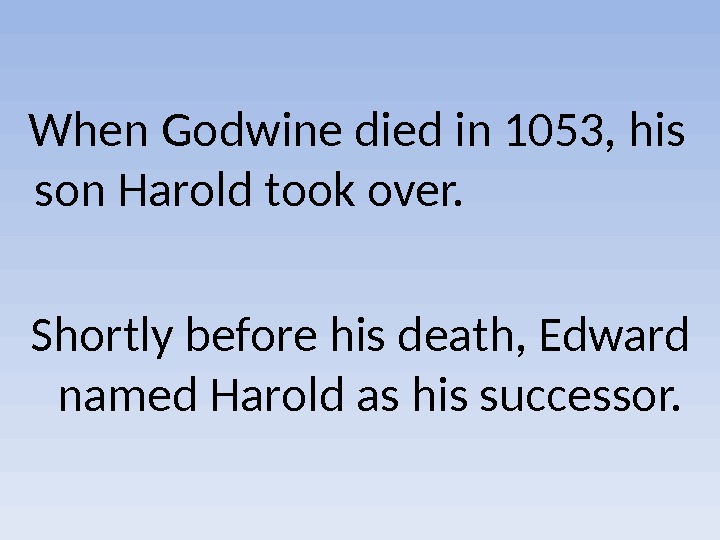
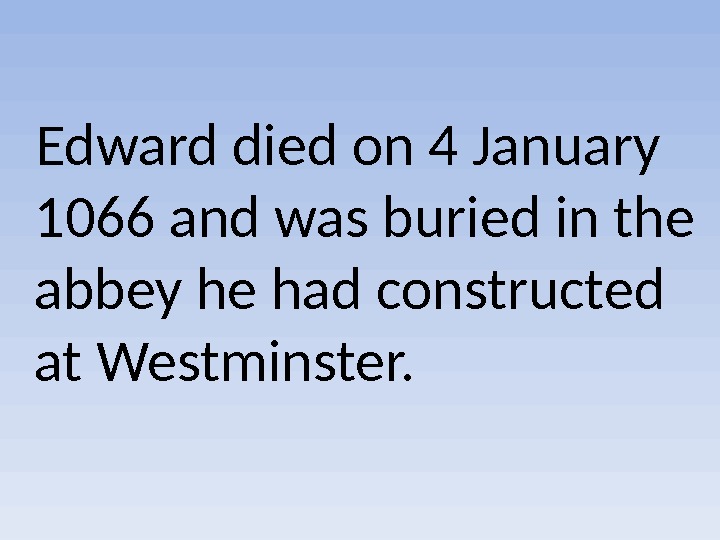

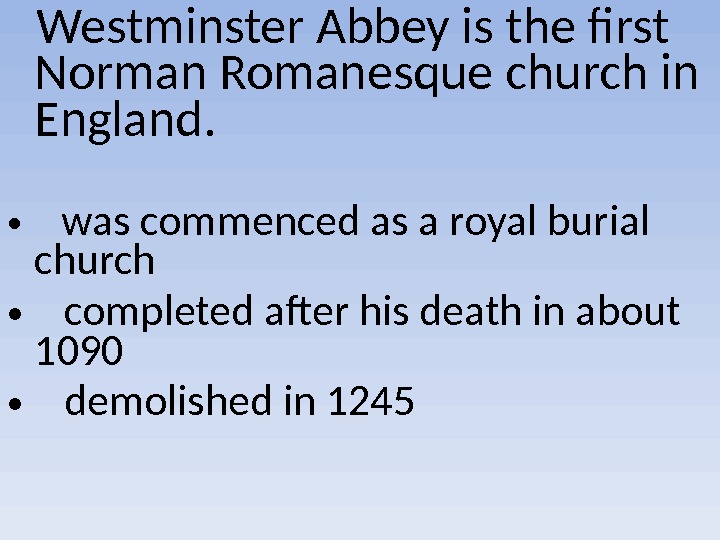
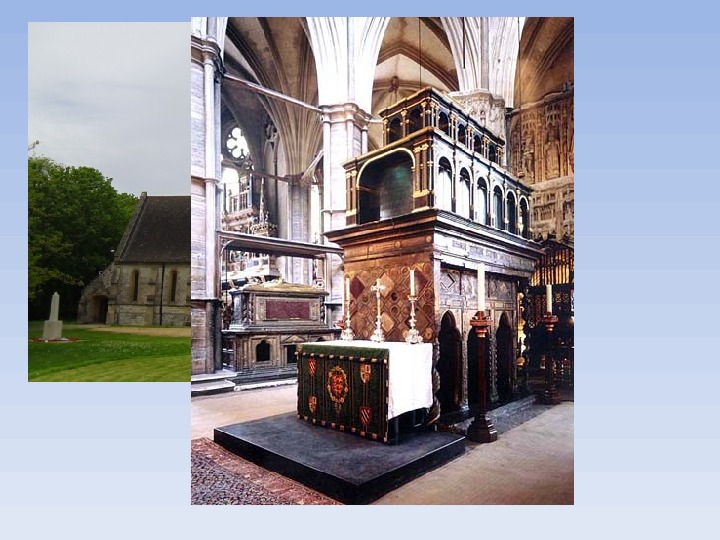
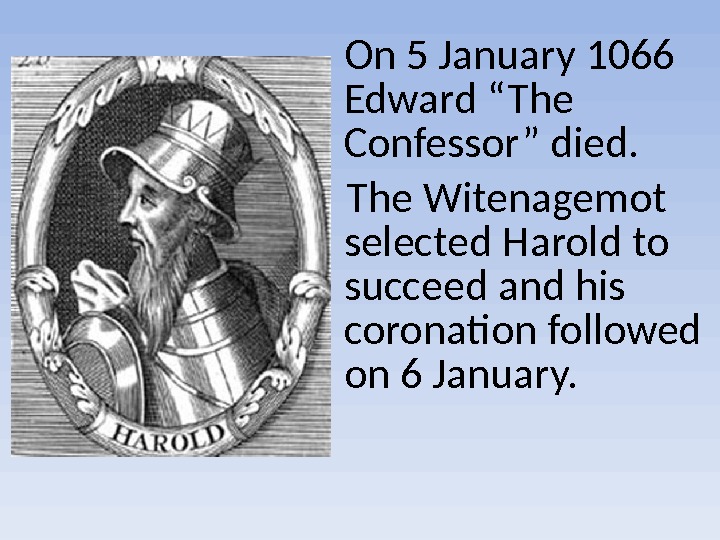
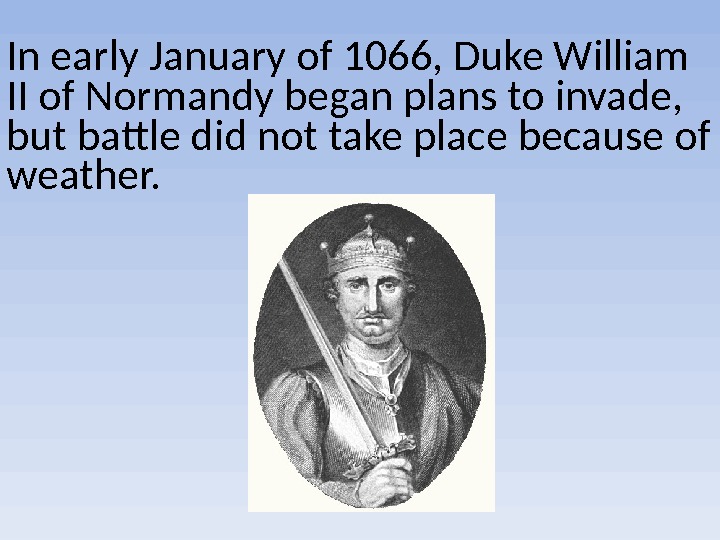
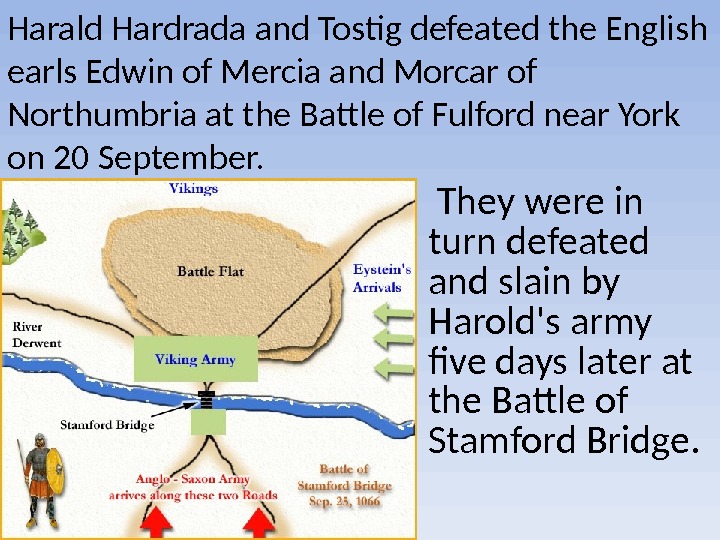
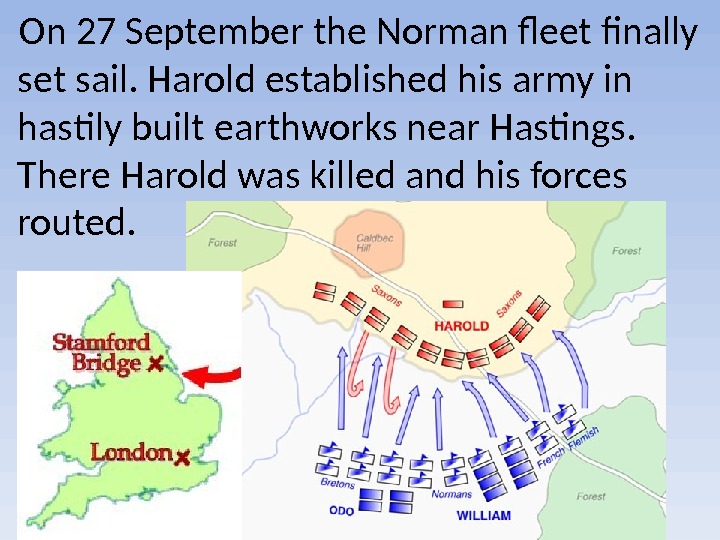

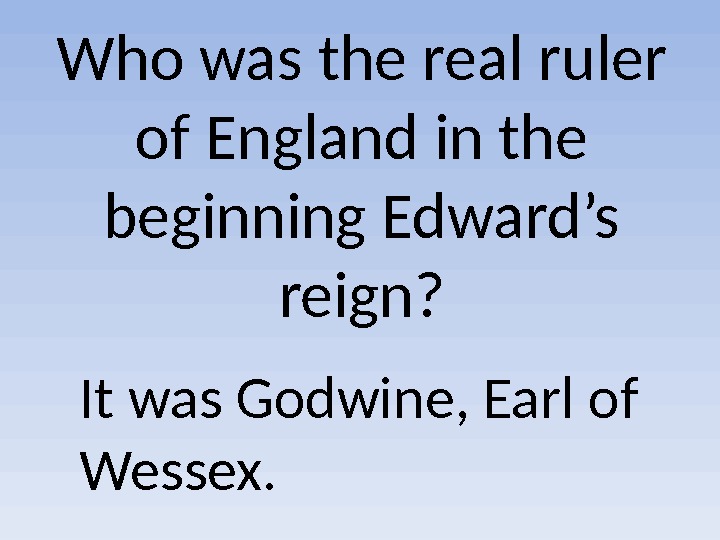


- Размер: 10.3 Mегабайта
- Количество слайдов: 29
Описание презентации THE PRE-NORMAN PERIOD The period following the по слайдам
 THE PRE-NORMAN PERIO
THE PRE-NORMAN PERIO
 The period following the demise of Roman rule was a time of battling warlords, both Celtic and Anglo-Saxon and shifting allegiances between Celts and Anglo-Saxons.
The period following the demise of Roman rule was a time of battling warlords, both Celtic and Anglo-Saxon and shifting allegiances between Celts and Anglo-Saxons.
 Arthur was probably one such warlord. A number of romances were based on Celtic legends, especially those about King Arthur and the Knights of the Round Table
Arthur was probably one such warlord. A number of romances were based on Celtic legends, especially those about King Arthur and the Knights of the Round Table
 Over 2 centuries communication in Britain went on 3 languages- • Latin ( was used in monasteries and churches), • French ( was the official language of the state), • Anglo- Saxon ( was spoken by common people).
Over 2 centuries communication in Britain went on 3 languages- • Latin ( was used in monasteries and churches), • French ( was the official language of the state), • Anglo- Saxon ( was spoken by common people).
 Anglo-Saxons became the common language, spreading from areas where Latin had been stronger than the indigenous language. It`s suggested that much of the land would have been bilingual for some time.
Anglo-Saxons became the common language, spreading from areas where Latin had been stronger than the indigenous language. It`s suggested that much of the land would have been bilingual for some time.
 This period also saw the re-spread of Christianity firstly in Celtic but then in Roman forms throughout Britain, Albion included.
This period also saw the re-spread of Christianity firstly in Celtic but then in Roman forms throughout Britain, Albion included.
 Despite the huge effect the ruling Anglo-Saxons had on the Britons language their genetic inheritance is slight compared to the next wave of arrivals
Despite the huge effect the ruling Anglo-Saxons had on the Britons language their genetic inheritance is slight compared to the next wave of arrivals
 Edward the Confessor
Edward the Confessor
 Edward, the penultimate Anglo-Saxon king of England, was known as ‘the Confessor’ because of his deep piety.
Edward, the penultimate Anglo-Saxon king of England, was known as ‘the Confessor’ because of his deep piety.
 • Unworldly • Pious • Resourceful • Sometimes ruthless • Vigorous
• Unworldly • Pious • Resourceful • Sometimes ruthless • Vigorous
 Edward was born between 1003 and 1005 in Islip, Oxfordshire. His reign as notable for the disintegration of royal power in England the advance in power of the Godwin family.
Edward was born between 1003 and 1005 in Islip, Oxfordshire. His reign as notable for the disintegration of royal power in England the advance in power of the Godwin family.
 Edward spent a quarter of a century in exile in Normandy.
Edward spent a quarter of a century in exile in Normandy.
 He was crowned at the cathedral of Winchester, the royal seat of the West Saxons, on 3 April 1043.
He was crowned at the cathedral of Winchester, the royal seat of the West Saxons, on 3 April 1043.

 Edward married Godwine’s daughter Edith in 1045 and they divorced in 1049. For the first 11 years of Edward’s reign the real ruler of England was Godwine, Earl of Wessex.
Edward married Godwine’s daughter Edith in 1045 and they divorced in 1049. For the first 11 years of Edward’s reign the real ruler of England was Godwine, Earl of Wessex.
 Hereford Cathedral Pershore Abbey Islip, Oxfordshire Winchester Cathedral Westminster Abbey Dover
Hereford Cathedral Pershore Abbey Islip, Oxfordshire Winchester Cathedral Westminster Abbey Dover
 When Godwine died in 1053, his son Harold took over. Shortly before his death, Edward named Harold as his successor.
When Godwine died in 1053, his son Harold took over. Shortly before his death, Edward named Harold as his successor.
 Edward died on 4 January 1066 and was buried in the abbey he had constructed at Westminster.
Edward died on 4 January 1066 and was buried in the abbey he had constructed at Westminster.

 Westminster Abbey is the first Norman Romanesque church in England. • was commenced as a royal burial church • completed after his death in about 1090 • demolished in
Westminster Abbey is the first Norman Romanesque church in England. • was commenced as a royal burial church • completed after his death in about 1090 • demolished in

 On 5 January 1066 Edward “The Confessor” died. The Witenagemot selected Harold to succeed and his coronation followed on 6 January.
On 5 January 1066 Edward “The Confessor” died. The Witenagemot selected Harold to succeed and his coronation followed on 6 January.
 In early January of 1066, Duke William II of Normandy began plans to invade, but battle did not take place because of weather.
In early January of 1066, Duke William II of Normandy began plans to invade, but battle did not take place because of weather.
 They were in turn defeated and slain by Harold’s army five days later at the Battle of Stamford Bridge. Harald Hardrada and Tostig defeated the English earls Edwin of Mercia and Morcar of Northumbria at the Battle of Fulford near York on 20 September.
They were in turn defeated and slain by Harold’s army five days later at the Battle of Stamford Bridge. Harald Hardrada and Tostig defeated the English earls Edwin of Mercia and Morcar of Northumbria at the Battle of Fulford near York on 20 September.
 On 27 September the Norman fleet finally set sail. Harold established his army in hastily built earthworks near Hastings. There Harold was killed and his forces routed.
On 27 September the Norman fleet finally set sail. Harold established his army in hastily built earthworks near Hastings. There Harold was killed and his forces routed.

 Who was the real ruler of England in the beginning Edward’s reign? It was Godwine, Earl of Wessex.
Who was the real ruler of England in the beginning Edward’s reign? It was Godwine, Earl of Wessex.
 Who was a successor of Edward? It was Harold, son of Godwine.
Who was a successor of Edward? It was Harold, son of Godwine.
 Where Harold was killed? Harold was killed near Hastings.
Where Harold was killed? Harold was killed near Hastings.

